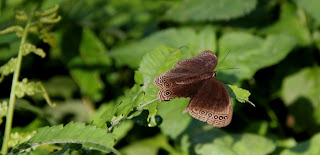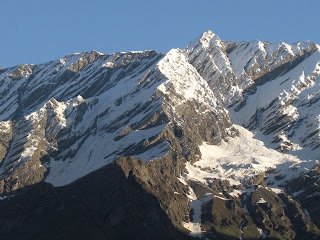Himalaya always been attracting me since my childhood. I feel all the time an unusual bonding with Himalaya. The green carpeted forest floor, orchid lamented tree trunk, rocks, mists, fogs, clouds and the chirping birds are the jewels of Himalaya.
This photograph is captured in Lepchajagat, Darjeeling in the early morning. Lepchajagat is a place you may call paradise on earth. The people the forest the birds the insects are as a whole a bio-diverse package for Nature lovers. The serene and pristine beauty of Lepcha took my soul away. I was amazed to witness the Land of Leopards for so many days in a village wood hut with almost zero electricity and meager water.
The mysterious forest of Pine and Fern lamented forest floor starts little after Ghoom and continues up to Sukhiapokhri.
During monsoon the beauty intensifies as the green is being enhanced by the heavy rain. Best time to witness this forest is in July when its drizzling a little. You just need a big umbrella to cover yourself and your camera. The hairpin loop of the roads and uncanny forests will surely provoke you to walk into the woods for day long. And your thirst for Nature will increase due to the magical power of Lepcha.
This photograph is captured in Lepchajagat, Darjeeling in the early morning. Lepchajagat is a place you may call paradise on earth. The people the forest the birds the insects are as a whole a bio-diverse package for Nature lovers. The serene and pristine beauty of Lepcha took my soul away. I was amazed to witness the Land of Leopards for so many days in a village wood hut with almost zero electricity and meager water.
The mysterious forest of Pine and Fern lamented forest floor starts little after Ghoom and continues up to Sukhiapokhri.
During monsoon the beauty intensifies as the green is being enhanced by the heavy rain. Best time to witness this forest is in July when its drizzling a little. You just need a big umbrella to cover yourself and your camera. The hairpin loop of the roads and uncanny forests will surely provoke you to walk into the woods for day long. And your thirst for Nature will increase due to the magical power of Lepcha.



















































